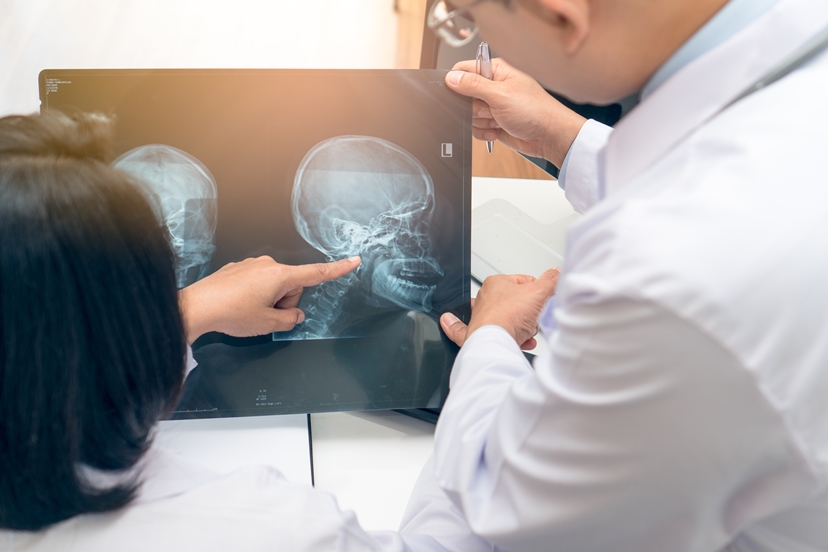Parotidectomy
For human, there are three main pairs of salivary glands: the parotid glands, submandibular glands, and the sublingual glands; their function is to produce or secrete saliva into the oral cavity. A salivary glands tumor which mostly occurs in the parotids gland are not very common, accounting for only 3-4 percent of head and neck neoplasms and since they are rare, few people know it. However, when the result of physical examination and imaging tests show salivary gland tumors, biopsy is performed for actual diagnosis, and almost the treatment involved is the surgery to remove the parotid gland known as “Paraotidectomy”
Risk Groups
Although the cause of salivary gland cancer is exactly unknown, some risks factors tend to increase the chance of develop salivary gland cancer such as radiation exposure, workers who have exposed to silica dust or nitrosamine used in the industry. Smoking also leads to the risk of certain types of salivary gland cancers.
Warning Signs
People with salivary gland tumor or cancer may not experience any pain, if a lump around jaw, mouth or neck area is noticeable, visit the physician immediately. If it is cancerous, it can cause drooping on one side of your face (facial palsy), eyes not closed properly, and difficulty to open the mouth widely.
Diagnosis
- The physician will take your medical history, perform a physical exam of the head and neck and examine the size of the tumor
- A small sample of tumor is removed to examine under a microscope for making a diagnosis.
- After biopsy result is released, CT or MRI may be performed to plan for the surgery.
Paraotidectomy
Paraotidectomy is the procedure to remove parotid gland via an incision in front of the ear, circling under the ear lobe and up to behind the ear. The parotid gland is carefully removed to avoid the damage to the facial nerve. If facial nerve is injured during surgery, post-operative complications such as bell palsy, not able to raise eyebrow or close the eyes may occur. The risk of blindness also increases if not cared appropriately. Consequently, the parotid gland tumor resection which involves the facial nerve must be performed with the utmost caution and require a surgeon’s expertise to reduce the associated risk of complications.
Currently, in case the tumor is not too large, an incision can be hidden in the hairline for better cosmetic result. For patient salivary gland cancer, lymph nodes that probably contain cancer may also need to be removed as well. Apart from tumor resection, corrective procedure such as skin grafts taken from chest or leg and reconstructive surgery might be performed to allow patient to fully resume their daily lives.
Dr.Thanusak Srijai
Otolaryngologist, Head and Neck Surgeon
Head and Neck Surgery Center, Phyathai 2 Hospital
You may find our specialist here at Head and Neck Surgery Center, Phyathai 2 Hopsital
Phyathai 2 Hospital
International Correspondence Center
Tel: +66-2617-2444 ext 2020 or 2047, Email: onestop@phyathai.com
 @pt2_inter
@pt2_inter
 Phyathai 2 Cambodia
Phyathai 2 Cambodia
 PT2Chinese
PT2Chinese
 phyathai2inter
phyathai2inter
